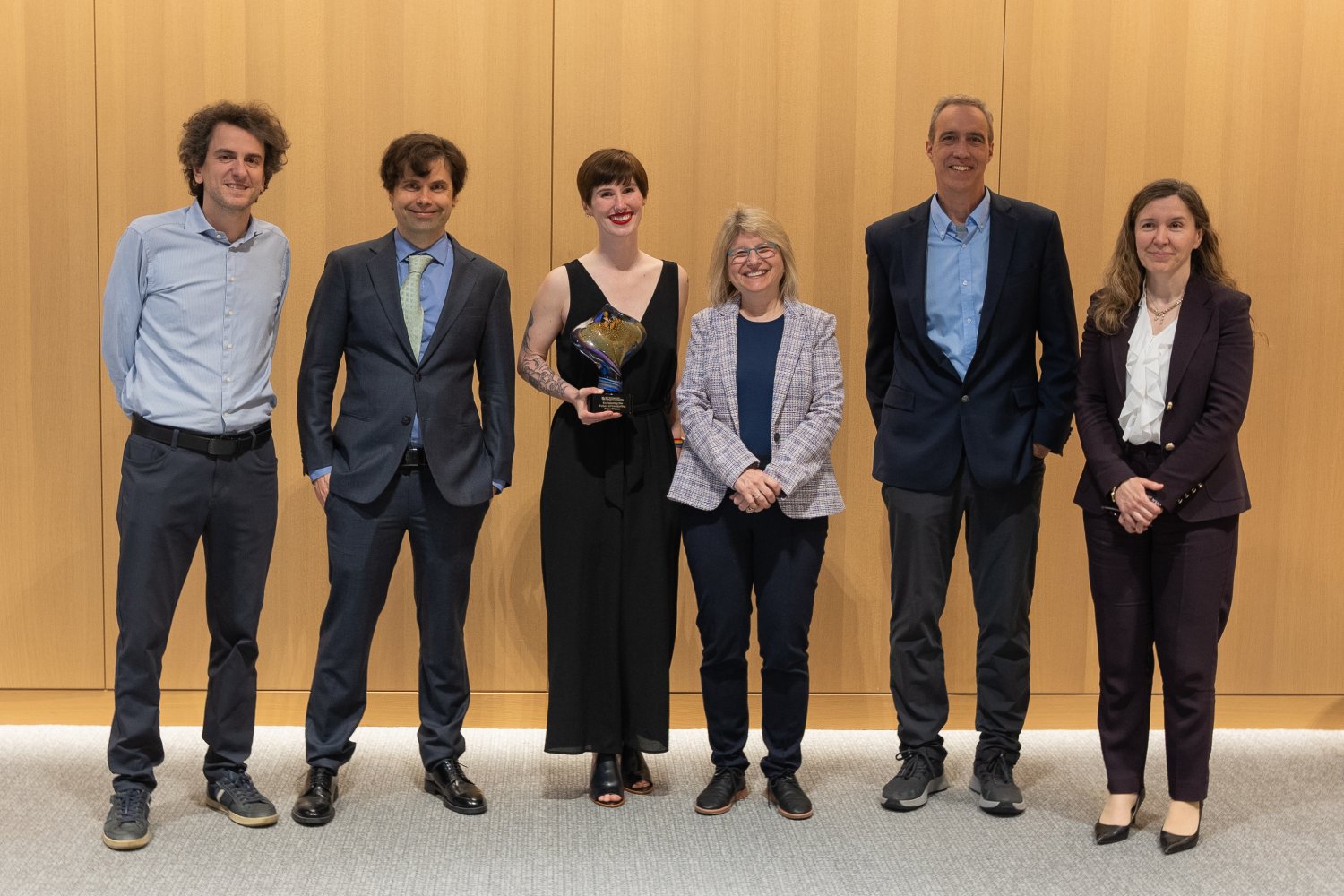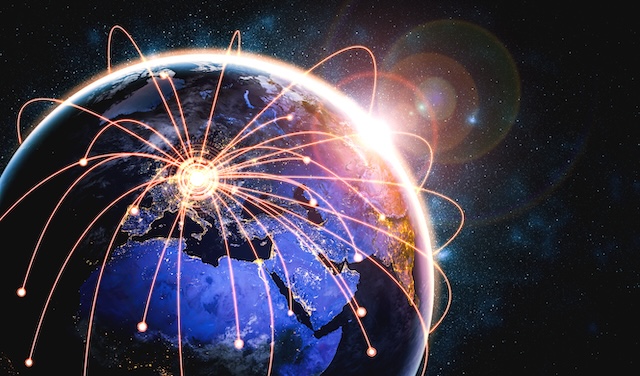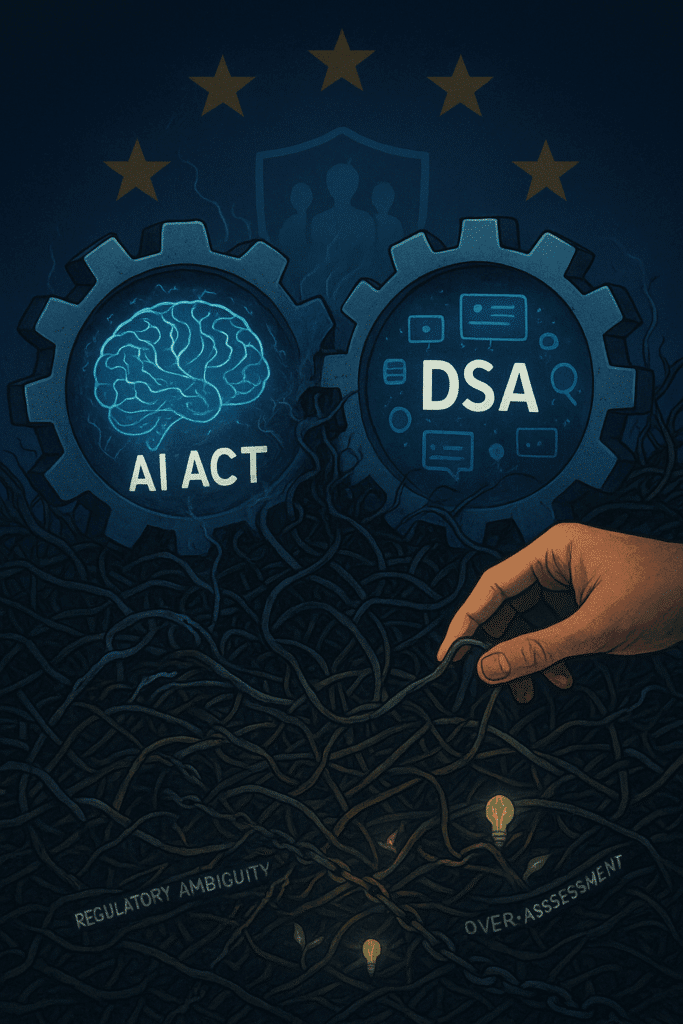Introduction to Adaptive Control Systems
An autonomous drone carrying water to help extinguish a wildfire in the Sierra Nevada might encounter swirling Santa Ana winds that threaten to push it off course. Rapidly adapting to these unknown disturbances in-flight presents an enormous challenge for the drone’s flight control system.
The Challenge of Unknown Disturbances
To help such a drone stay on target, MIT researchers developed a new, machine learning-based adaptive control algorithm that could minimize its deviation from its intended trajectory in the face of unpredictable forces like gusty winds. Unlike standard approaches, the new technique does not require the person programming the autonomous drone to know anything in advance about the structure of these uncertain disturbances.
How the New Technique Works
Instead, the control system’s artificial intelligence model learns all it needs to know from a small amount of observational data collected from 15 minutes of flight time. Importantly, the technique automatically determines which optimization algorithm it should use to adapt to the disturbances, which improves tracking performance. It chooses the algorithm that best suits the geometry of specific disturbances the drone is facing.
The Role of Meta-Learning
The researchers train their control system to do both things simultaneously using a technique called meta-learning, which teaches the system how to adapt to different types of disturbances. Taken together, these ingredients enable their adaptive control system to achieve 50 percent less trajectory tracking error than baseline methods in simulations and perform better with new wind speeds it didn’t see during training.
Potential Applications
In the future, this adaptive control system could help autonomous drones more efficiently deliver heavy parcels despite strong winds or monitor fire-prone areas of a national park. “The concurrent learning of these components is what gives our method its strength. By leveraging meta-learning, our controller can automatically make choices that will be best for quick adaptation,” says Navid Azizan, the Esther and Harold E. Edgerton Assistant Professor in the MIT Department of Mechanical Engineering.
Finding the Right Algorithm
Typically, a control system incorporates a function that models the drone and its environment, and includes some existing information on the structure of potential disturbances. But in a real world filled with uncertain conditions, it is often impossible to hand-design this structure in advance. Many control systems use an adaptation method based on a popular optimization algorithm, known as gradient descent, to estimate the unknown parts of the problem and determine how to keep the drone as close as possible to its target trajectory during flight.
The Importance of Automation
However, gradient descent is only one algorithm in a larger family of algorithms available to choose, known as mirror descent. “Mirror descent is a general family of algorithms, and for any given problem, one of these algorithms can be more suitable than others. The name of the game is how to choose the particular algorithm that is right for your problem. In our method, we automate this choice,” Azizan says.
Learning to Adapt
While the wind speeds the drone may encounter could change every time it takes flight, the controller’s neural network and mirror function should stay the same so they don’t need to be recomputed each time. To make their controller more flexible, the researchers use meta-learning, teaching it to adapt by showing it a range of wind speed families during training.
Conclusion
In both simulations and real-world experiments, the researchers showed that their method led to significantly less trajectory tracking error than baseline approaches with every wind speed they tested. The team is now performing hardware experiments to test their control system on real drones with varying wind conditions and other disturbances. They also want to extend their method so it can handle disturbances from multiple sources at once.
Frequently Asked Questions
Q: What is the main challenge faced by autonomous drones in uncertain environments?
A: The main challenge is adapting to unknown disturbances such as gusty winds that can push the drone off course.
Q: How does the new technique developed by MIT researchers address this challenge?
A: The new technique uses a machine learning-based adaptive control algorithm that learns from observational data and automatically determines the best optimization algorithm to use.
Q: What is meta-learning and how is it used in this context?
A: Meta-learning is a technique that teaches the system how to adapt to different types of disturbances. It is used to train the control system to learn from a range of wind speed families during training.
Q: What are the potential applications of this adaptive control system?
A: The potential applications include helping autonomous drones deliver heavy parcels despite strong winds or monitoring fire-prone areas of a national park.











